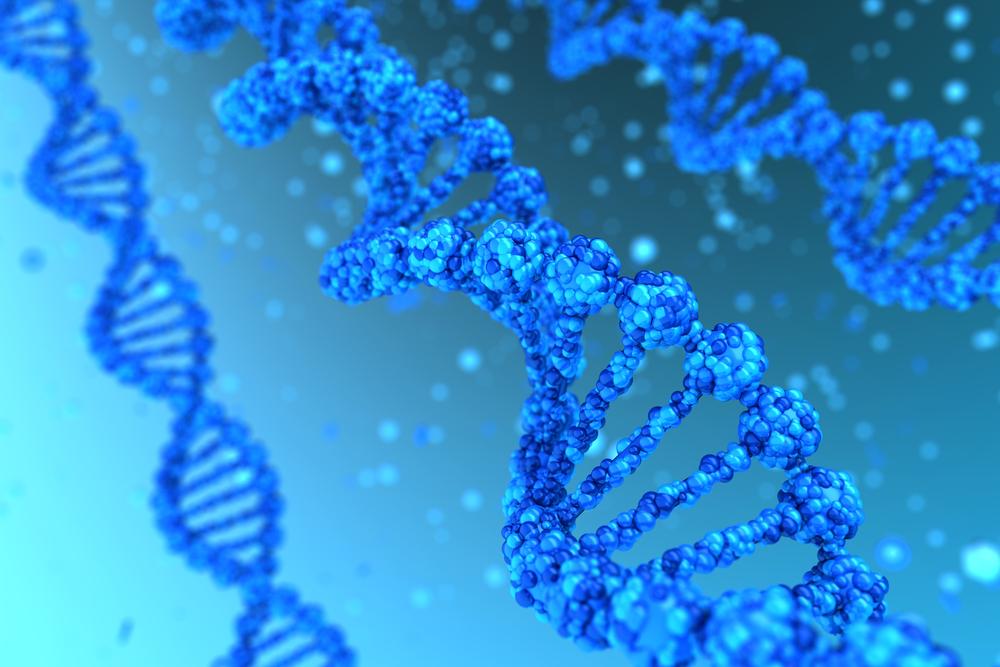Gene Therapy Decreased Protein Aggregates in Animal Model of Batten Disease, Study Finds

Gene therapy is able to reduce toxic protein aggregates in a zebrafish model of one form of adult-onset Batten disease, a new study from China shows.
The study, “Gene Therapy of Adult Neuronal Ceroid Lipofuscinoses with CRISPR/Cas9 in Zebrafish,” appeared in the journal Human Gene Therapy.
The study’s senior author was Yuquan Wei, PhD, from the State Key Laboratory of Biotherapy/Collaborative Innovation Center of Biotherapy at the Sichuan University’s West China Hospital in Chengdu, China.
Batten disease, also known as neuronal ceroid lipofuscinoses, is a genetic neurodegenerative disorder with progressive neuronal impairment in children and adults. In Batten disease, autofluorescent storage material aggregates in neurons, leading to mental and motor deterioration, epileptic seizures and, ultimately, death.
Recent evidence showed that two mutations in the DNAJC5 gene — which encodes cysteine-string protein alpha (CSPα), present in most nervous system synapses — are associated with familial autosomal-dominant adult-onset Batten disease. (In familial autosomal-dominant adult-onset Batten disease, one abnormal gene in a nonsex chromosome is enough to pass down the disease.) Both of these mutations cause protein aggregation.
However, molecular information from an animal model was needed to target a treatment. Zebrafish are particularly appealing for this purpose due to gene-editing approaches available in this species.
The scientists constructed a zebrafish model of adult-onset Batten disease. These animals contained the human mutant DNAJC5 gene, whose expression was restricted to neurons.
The study evaluated whether gene therapy could treat adult-onset BD by designing a panel of nucleases (enzymes that cut DNA at specific targets) to disrupt the mutant DNAJC5 gene. These nucleases — transcription activator‐like effector nucleases (TALENs) and clustered regularly interspaced short palindromic repeats (CRISPR)/Cas9 — are recent advances in gene-editing technology. They hold “great promise for clinical applications, especially in the treatment of genetic diseases,” the authors wrote.
As expected, substantial protein aggregates were found in neurons with mutant DNAJC5. Furthermore, the results revealed that targeting the mutant site of DNAJC5 led to a shorter mutant protein, but did not eliminate aggregates. Conversely, one nuclease that targeted a different DNA region efficiently decreased the neuronal aggregates of mutant DNAJC5 protein by inhibiting mutant gene expression.
Parallel experiments suggested that targeting this specific DNA region “is practicable in designing gene therapy against DNAJC5 mutation.”
Overall, “this study provides a gene therapy strategy via the use of the CRISPR/Cas9 system to treat neural genetic diseases,” the authors concluded.





